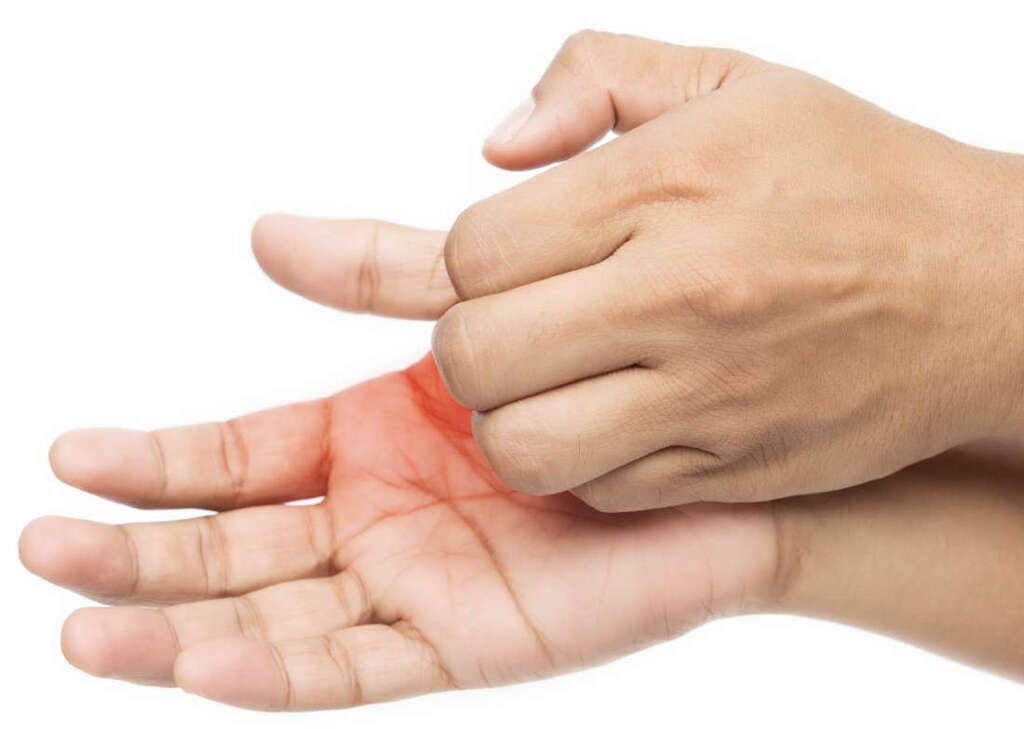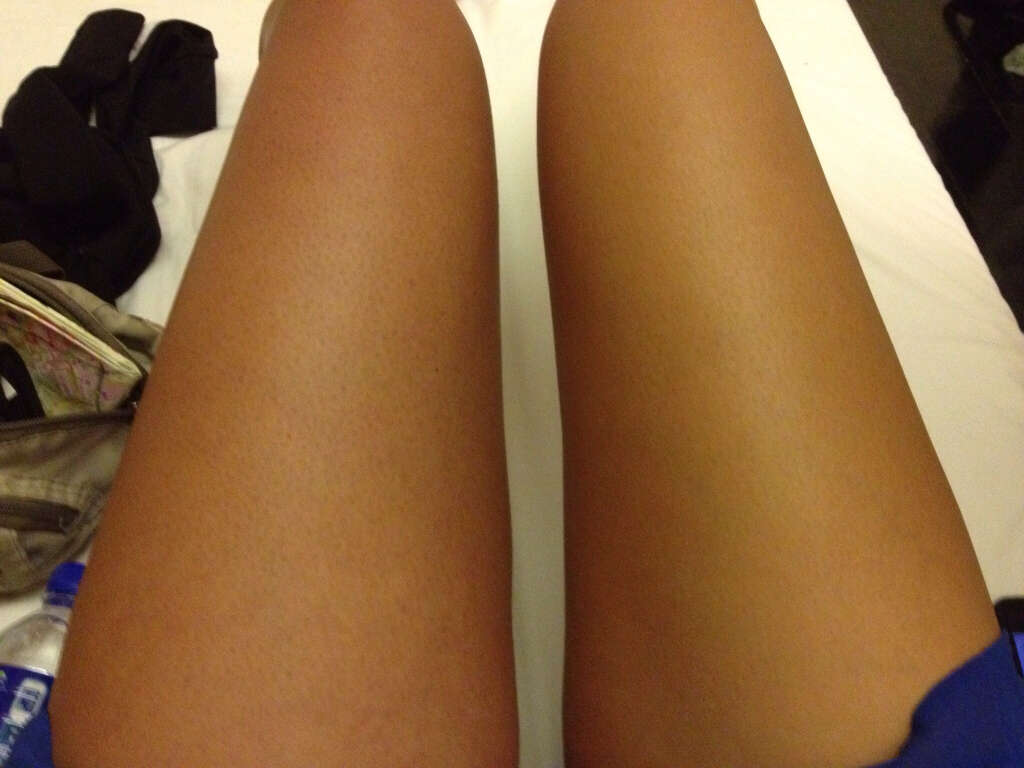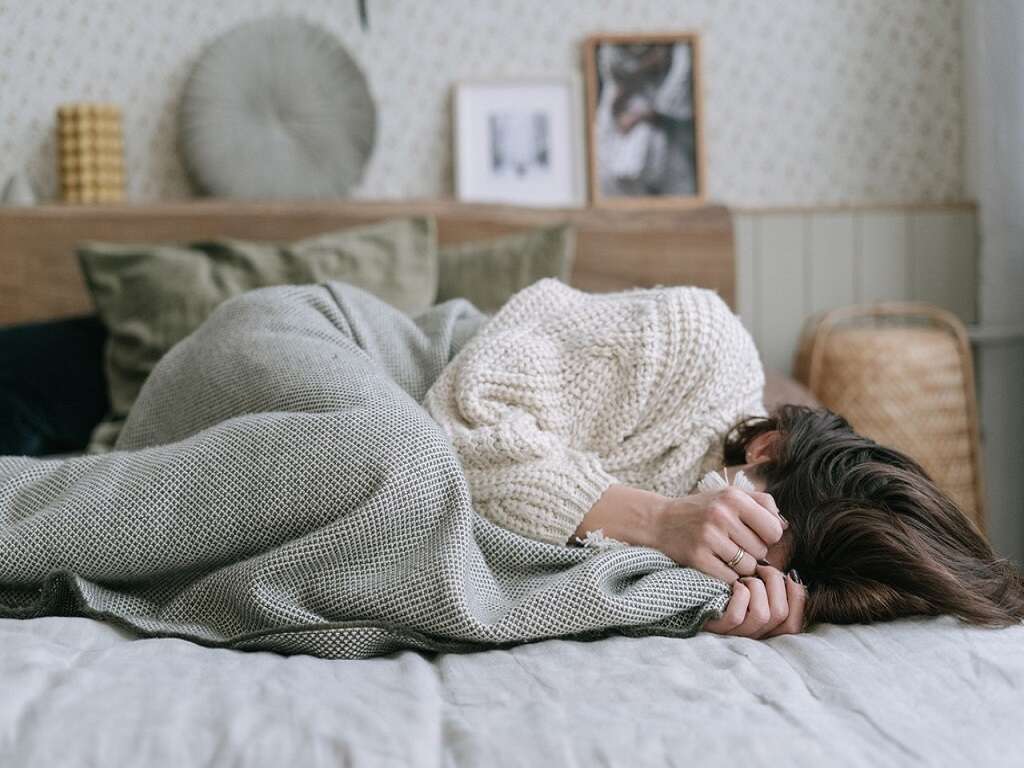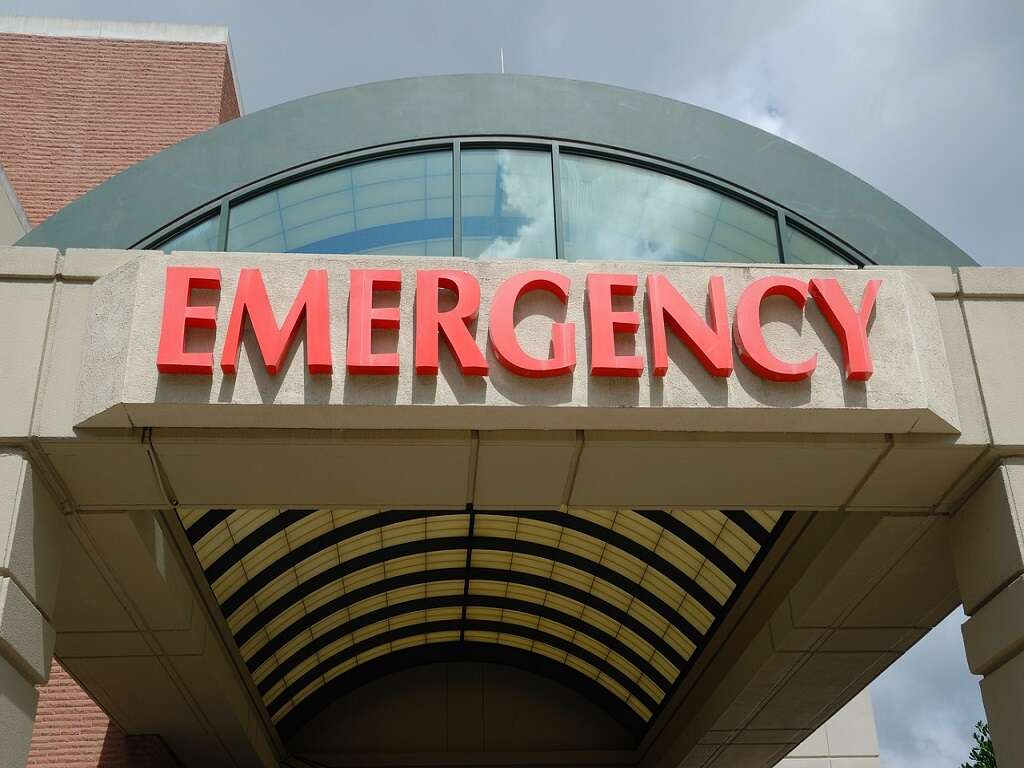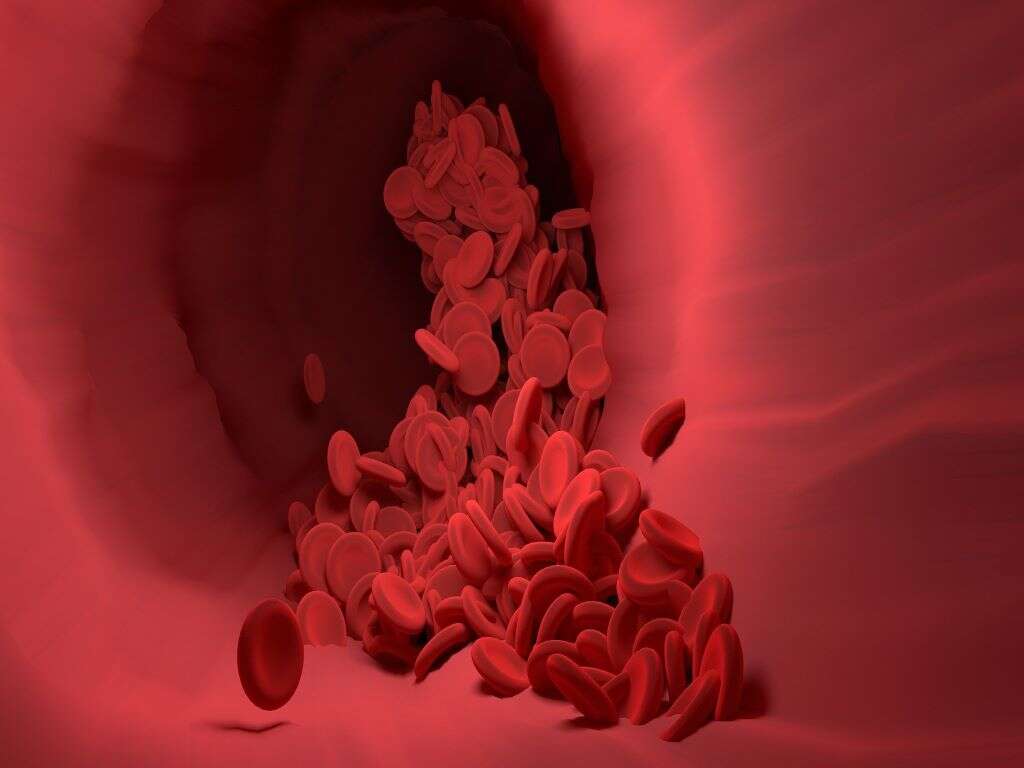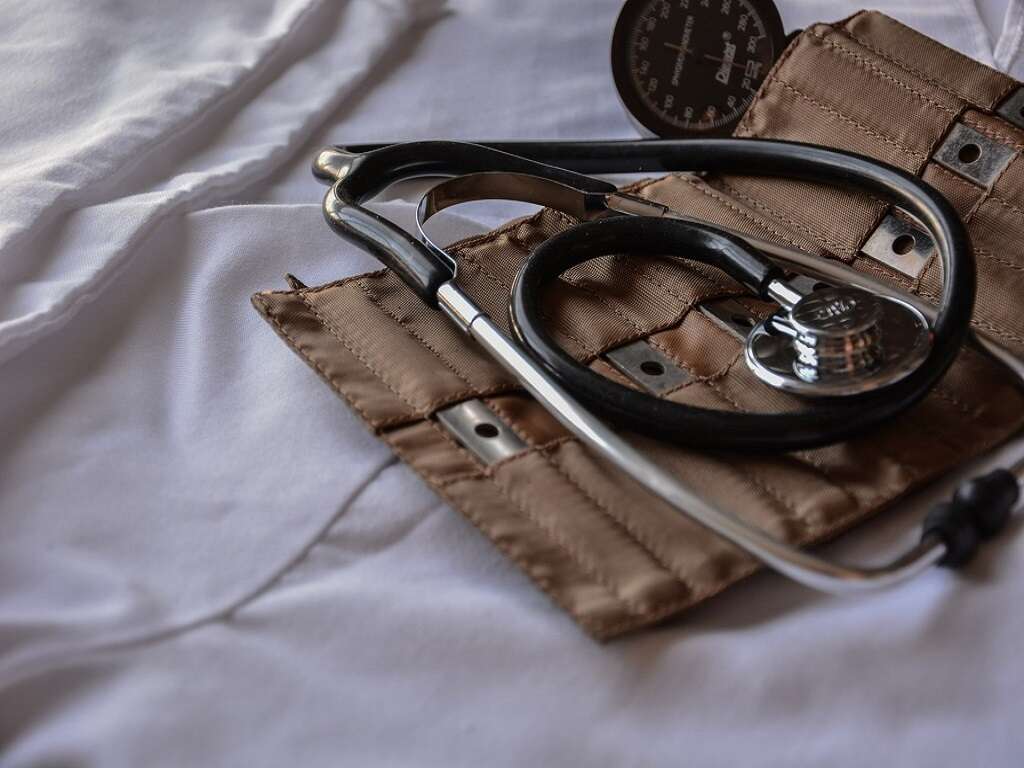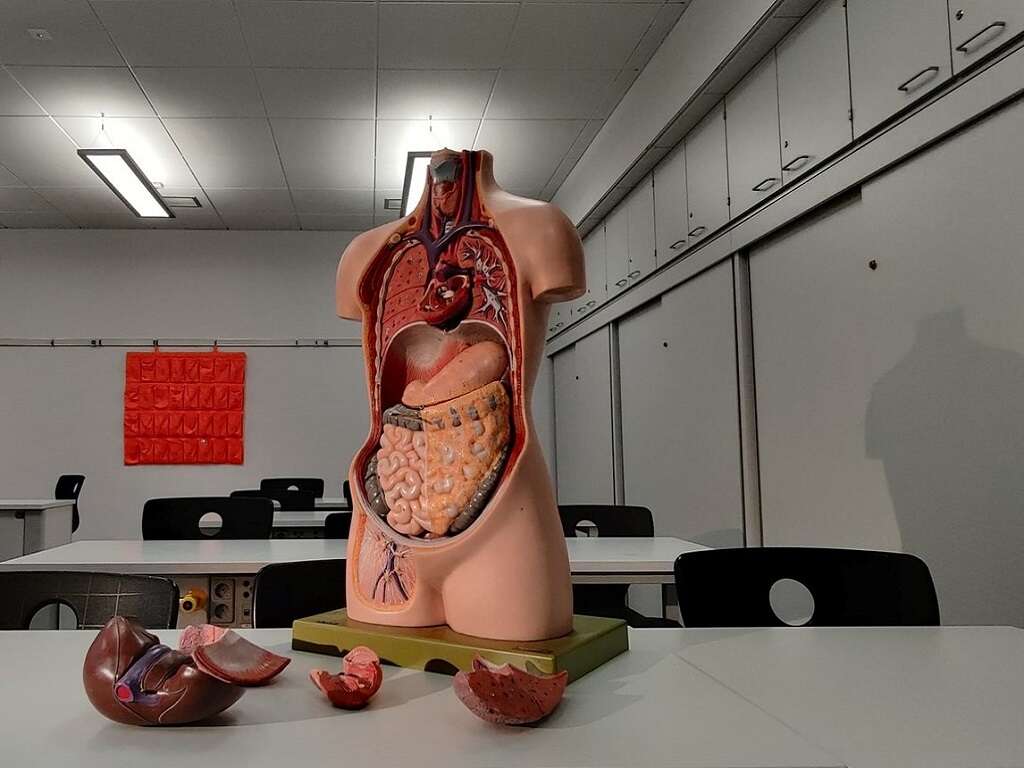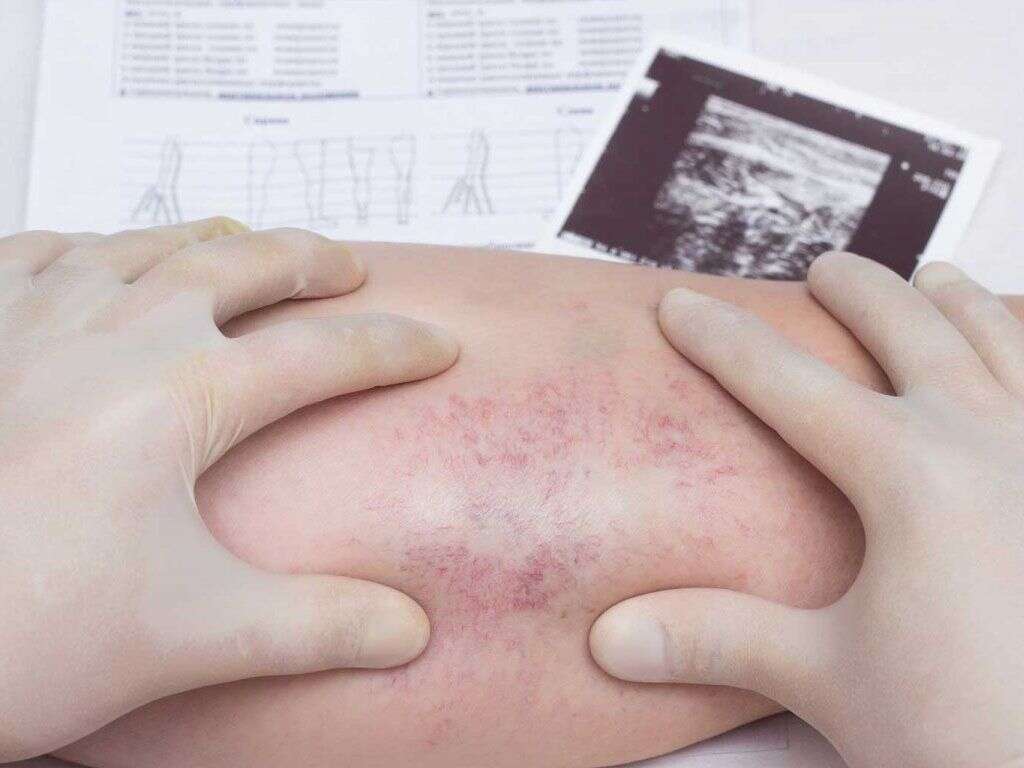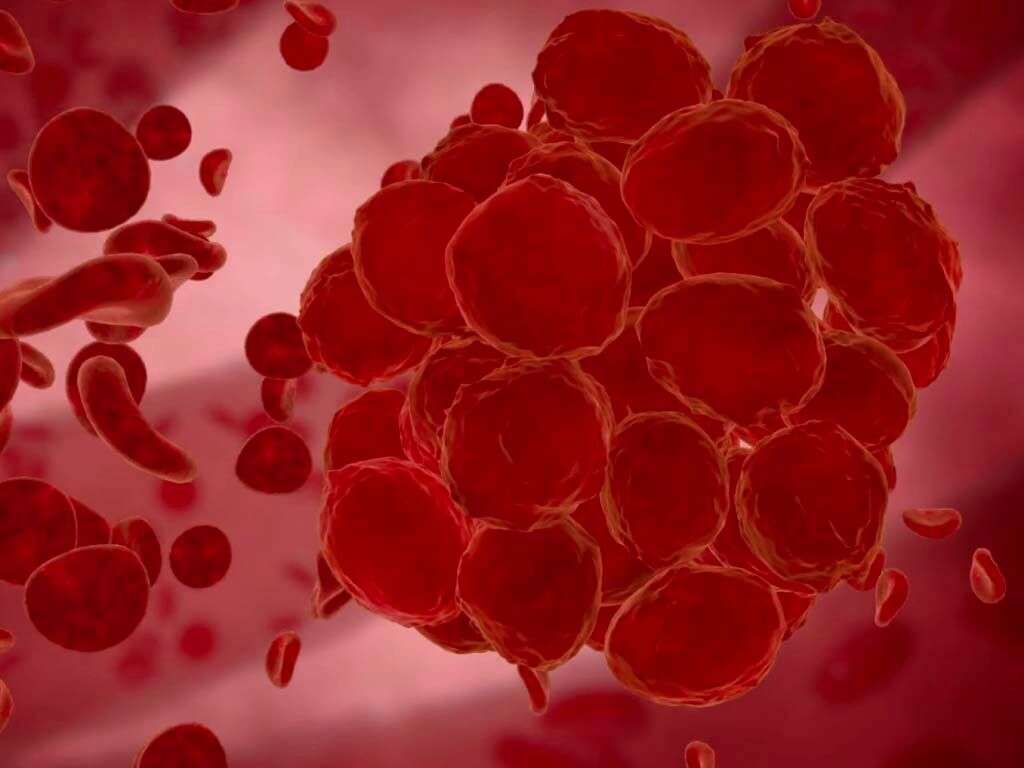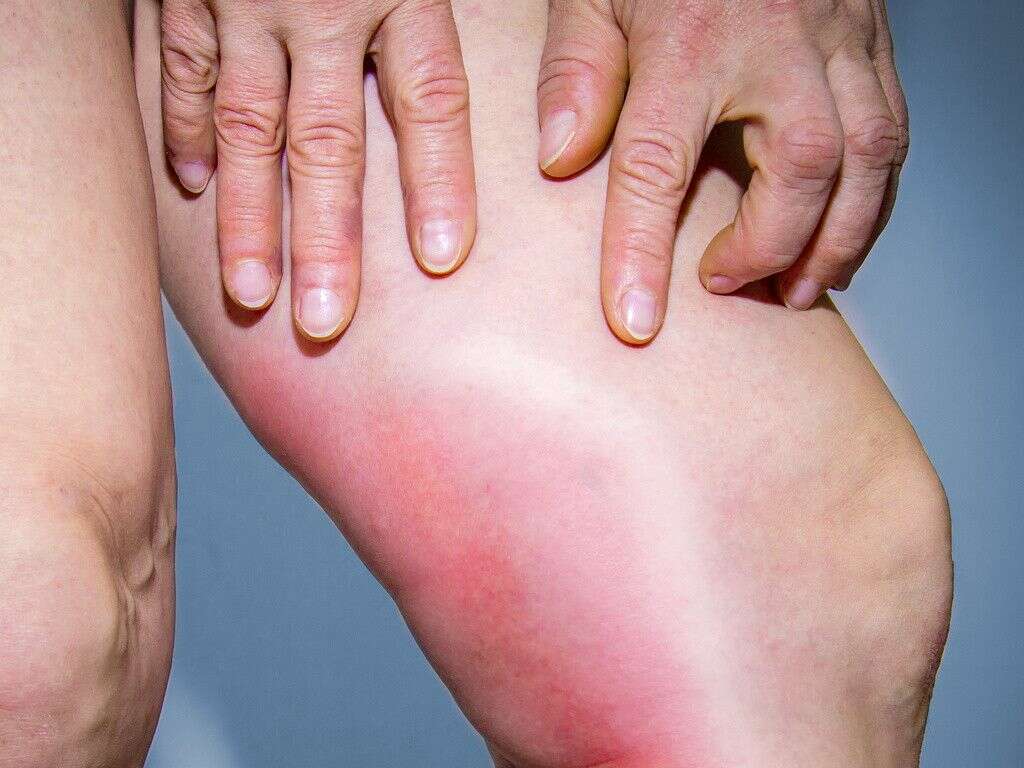10 Symptoms Of Chilblains
During the cold winter months, we will often find ourselves coming in from the cold and wanting to get warmed up quickly. While this is perfectly reasonable, you should be careful not to warm up too quickly because doing so can lead to unwelcome medical conditions.
One such condition is chilblains, which is caused when blood vessels that are contracted due to cold weather suddenly expand again when warmed up. This can cause blood to leak out of the blood vessels, resulting in the condition.
Here’s a look at some of the signs that you have developed chilblains.
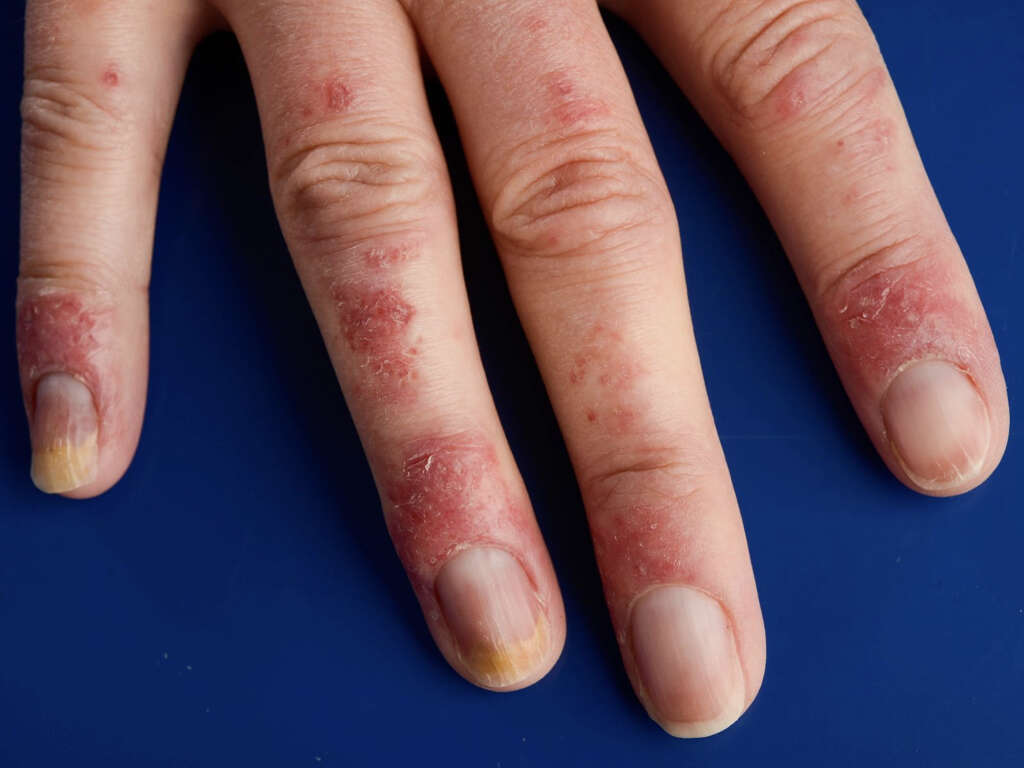
Symptom #1: Pain
Chilblains really can be quite an unpleasant condition. The inflammation that takes place can put a lot of pressure on the surrounding nerve endings, and this results in a pain that can really be very difficult to bear. It is the pain that will often encourage patients to get medical help for the condition.
If the pain is too much for you then reducing the inflammation may be able to provide some relief. You can try using some home remedies to relieve the inflammation while a doctor may be able to prescribe something that will help. It may be tempting to turn to painkillers, but you should always treat such drugs with respect.

Symptom #2: Red Skin
If your skin has turned a bright red color for no apparent reason, there is a good chance that something is quite wrong. It could even be a sign of something quite serious so it is not something to be taken too lightly. If your skin has turned red and you have just been outside in the cold, chilblains could be the cause.
Patients will often be aware that the redness is caused by chilblains if it is accompanied by pain. If you are experiencing this, then it is a good idea to speak with a medical professional. In the meantime, it is important to help make sure that blood is able to circulate freely to and from the affected area.
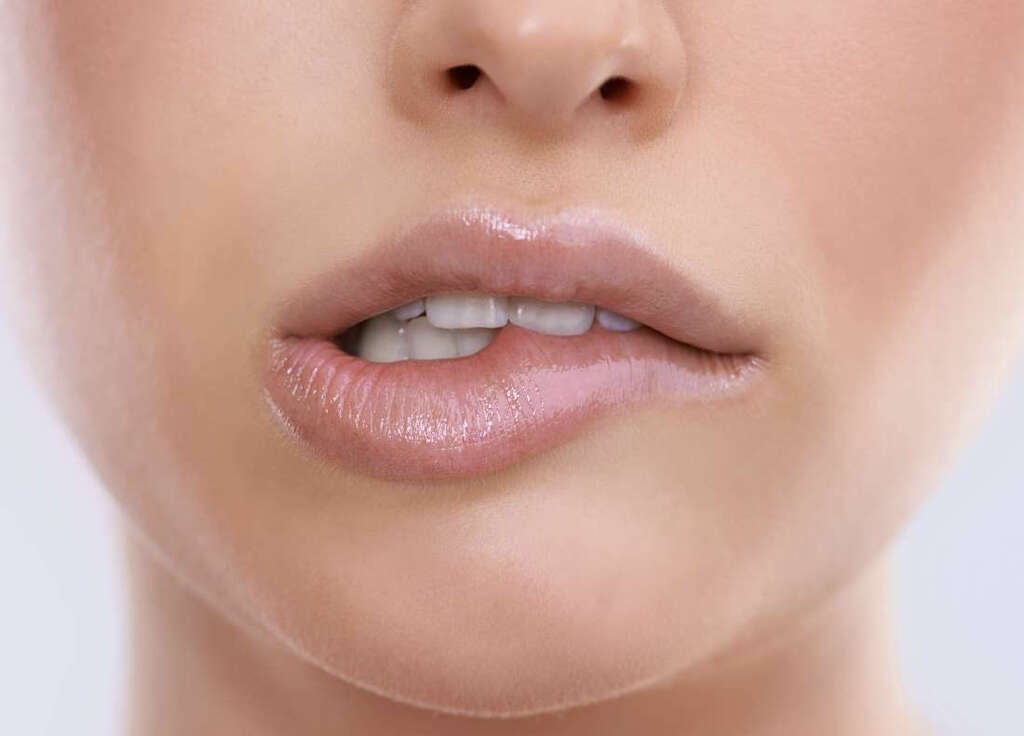
Symptom #3: Can Appear Anywhere
Most of the time, people will experience chilblains on the hands and feet. This is because these parts of the body are more exposed than others, leaving them feeling the full effects of the weather. They do not appear on the hands and feet exclusively, however, and they can appear anywhere on the body.
Because chilblains are more likely to appear on exposed areas of the skin, it makes sense to wrap up as well as you can. You should also be careful about not heating up too quickly when you come in from the cold. It is best to be patient, and you are likely to be snug and warm again before long anyway without overdoing it.
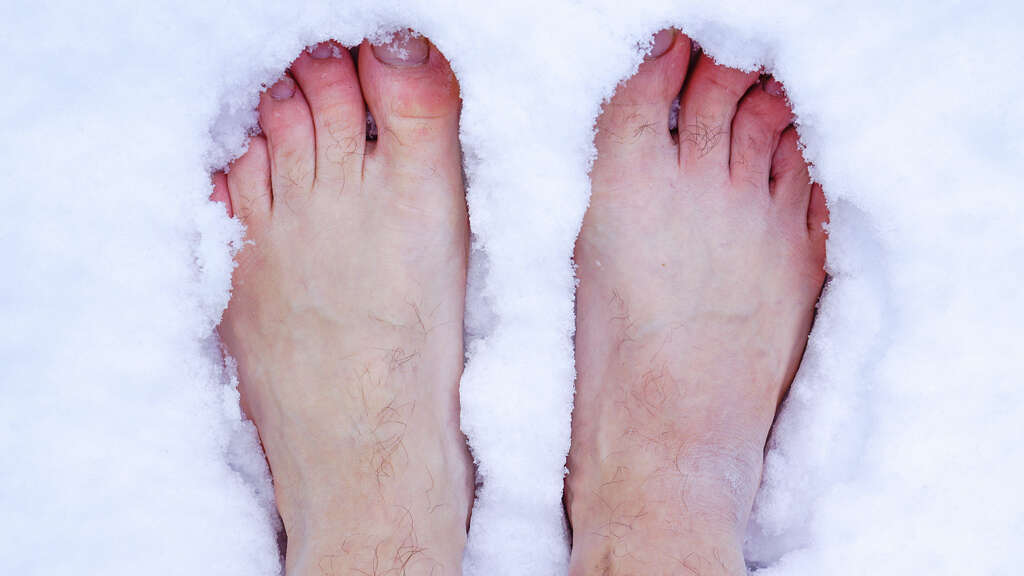
Symptom #4: Swelling and Inflammation
Swelling and inflammation are fairly common symptoms that can be caused by a wide range of conditions, and one of those conditions is chilblains. The inflammation will contribute to the pain the patient will already be experiencing, while it can also possibly lead to some other complications.
The swelling is actually a by-product of our body’s immune system. White blood cells release chemicals that fight pathogens and help to heal damage, but these chemicals have the side effect of inflaming the tissues. Medications are available that can help to soothe inflammation, while some home remedies may also be able to help ease the symptom.

Symptom #5: Itching
It is quite often that we will feel an itch. There are numerous potential reasons for feeling an itch, ranging from something completely harmless to something downright dangerous. If you have just come in from the cold and you are itching, it could well be that chilblains are the cause.
Patients with chilblains will often complain that the itching is both persistent and unbearable. Despite this, it is important to try and avoid scratching the area because doing so can make the condition a lot worse. You should try and cover the area to prevent scratching, while you can also try to use ointments that will help to reduce the severity of the itching.
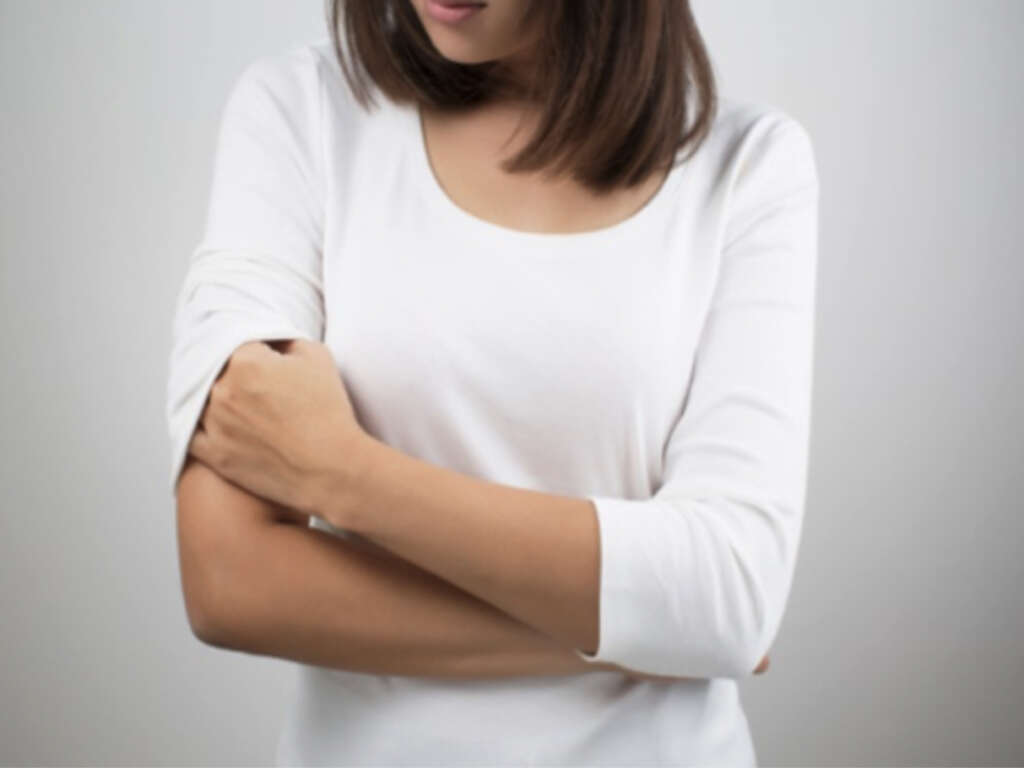
Symptom #6: Blisters
Anybody that does a lot of walking or running will know about blisters. They are often caused by friction, but they can also be a result of certain medical conditions, including chilblains. Patients with chilblains don’t always get blisters, but they are still a symptom of the condition.
Blisters will usually heal themselves within a week or so, but they should still be monitored. If you are unfortunate, then blisters can become infected so it is a good idea to treat them if they don’t appear to be healing. While blisters can be painful, they are not dangerous unless they develop a bad infection.
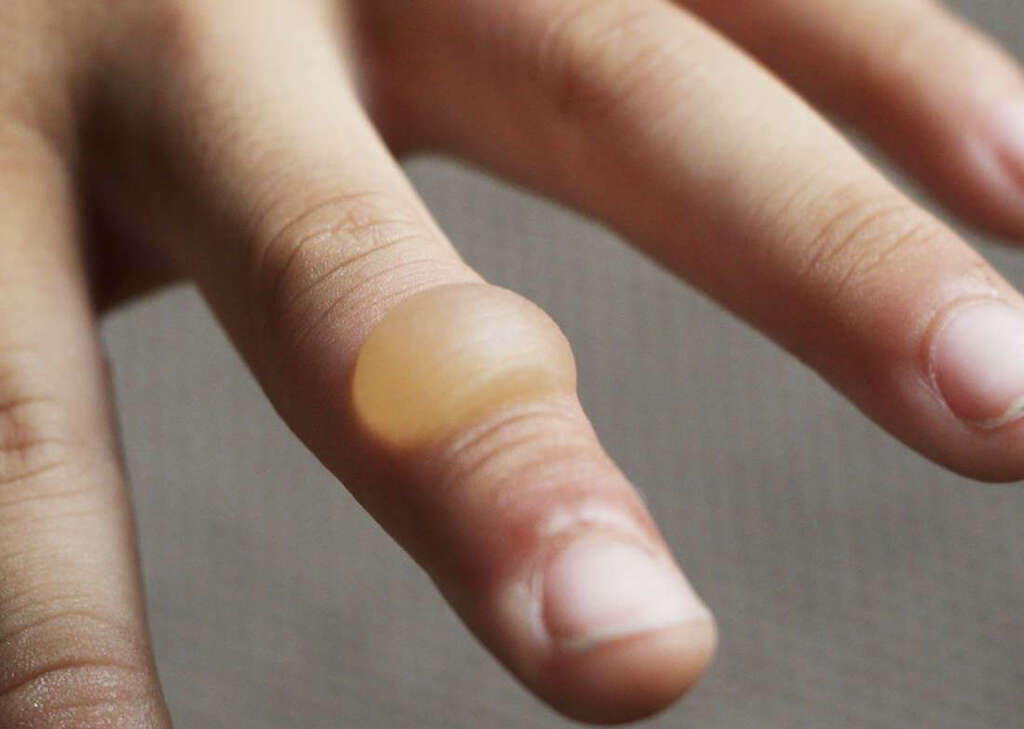
Symptom #7: Ulceration
Ulcers are open sores. They can occur all over the body, and it is not uncommon for people to find ulcers in their mouths, particularly when they have been ill or overworked. It is also fairly common for people to develop stomach ulcers, and this can be quite difficult to deal with.
There is also a chance that chilblains can lead to ulcers forming, and it is most likely to occur in patients that are already suffering from a poor circulation or diabetes. Ulceration is a sign of a severe case of chilblains and it is a symptom that should encourage you to see a medical professional as soon as you can.
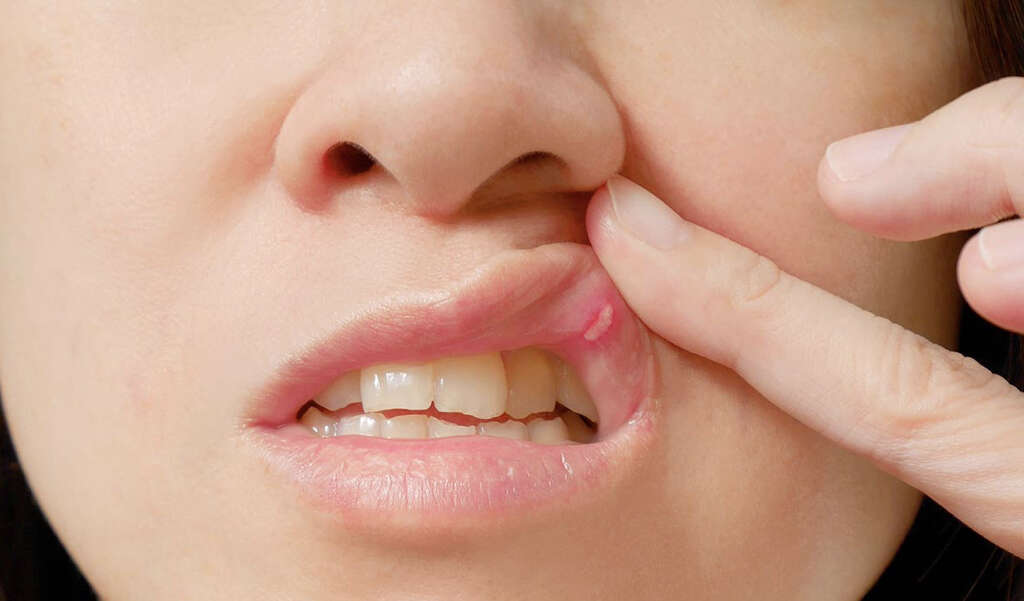
Symptom #8: Blue Skin
The redness of our blood helps to give our skin its color. It is not unusual to become very red or very pale as the flow of blood beneath the skin is altered by various causes. These are not necessarily something to be too concerned about, but if your skin turns blue, you are probably in need of medical attention.
Chilblains will often turn the skin red, but they can also turn the skin blue. This symptom is only likely to occur in circumstances where the chilblains are persistent because the patient is exposed to cold weather regularly. Regardless, it is a condition that should encourage you to speak with a medical professional as soon as possible.
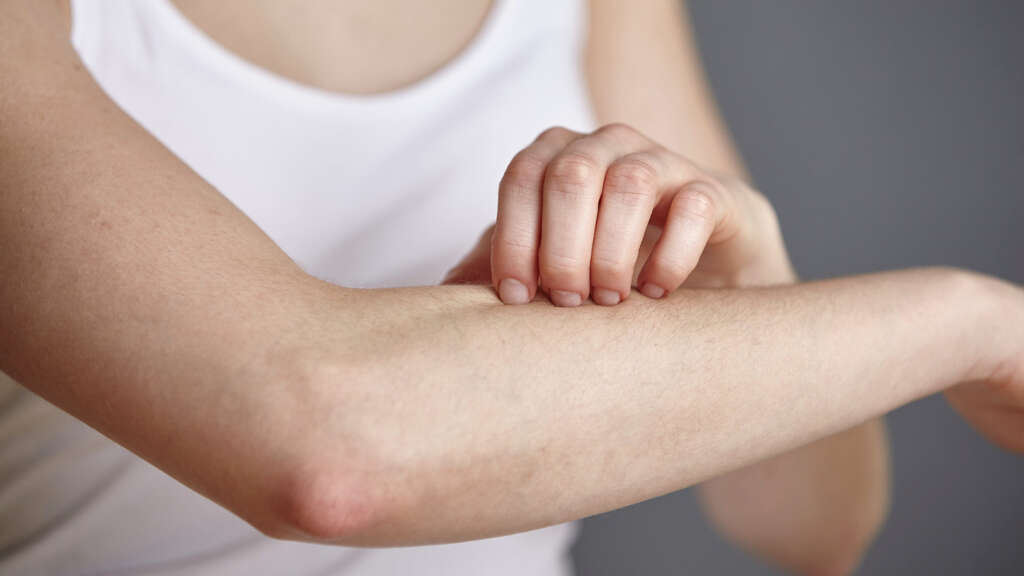
Symptom #9: Infection
As mentioned, one of the symptoms of chilblains is unbearable itching. It is very difficult to avoid scratching at the area, and this can cause problems. Our nails can be very harsh on the skin and cause it to break, and this can allow pathogens to enter where they can cause problems for the patient.
While an infection will start locally, it can spread if not treated so it should be treated seriously. Signs of an infection include a fever, pus, swollen glands, and the area will be hot to the touch. Thankfully, most infections are fairly easy to treat with antibiotics, but it is still important to get medical help as soon as possible.
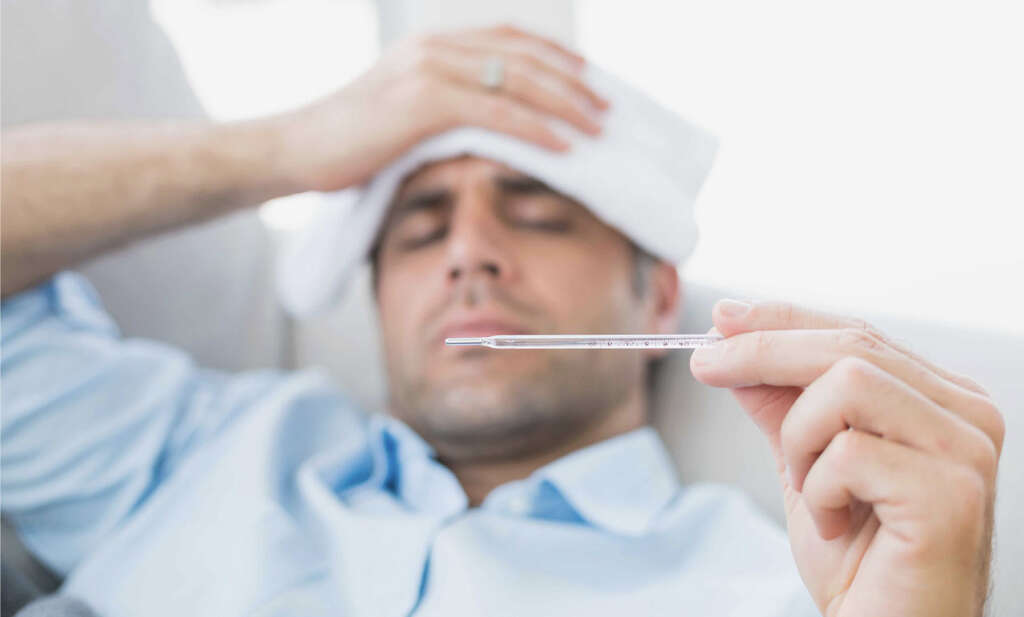
Symptom #10: Burning Sensation
Our nerves help to keep us from causing ourselves serious damage and they also help us to explore and navigate the world around us. They are, of course, essential tools, but they can sometimes go wrong.
In cases of chilblains, the nerve endings are likely to be affected, and this can result in some rather unwelcome sensations. The patient can feel a burning sensation that can be very uncomfortable. The symptom should hopefully clear up when the chilblains subside, but serious cases might cause permanent damage to the nerves.
